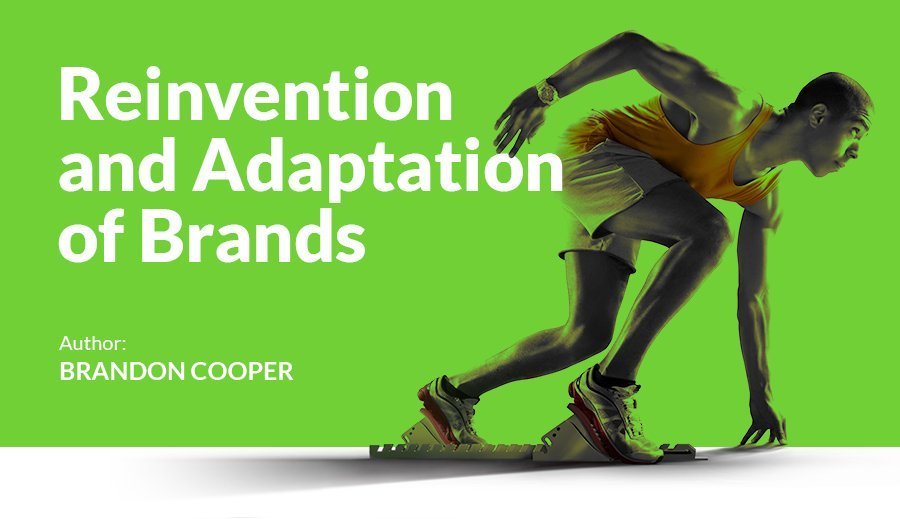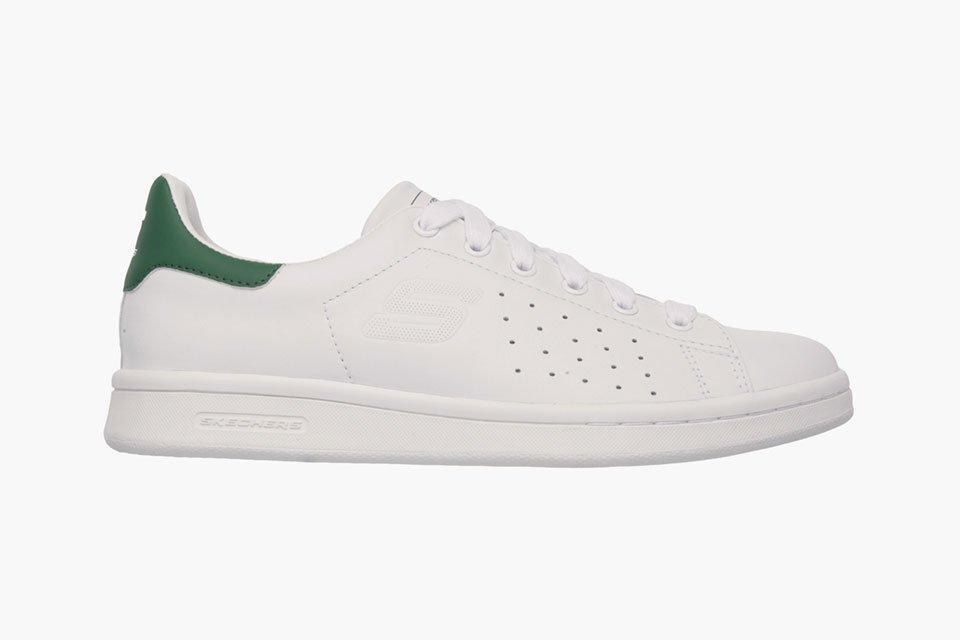Planning your brand for the future can only go so far. Brands must be adaptive, reflexive, and able to change to hold the interest of a diverse culture. For larger companies trying to grow their market share, taking risks is integral to growth and preventing stagnation. Risks come at a cost, whether it is increasing spending or potentially harming your brand identity, but that risk can lead to major returns in both the short and long term.
Adidas started off the millennium by rebranding, separating their products into three distinct product lines: Adidas Originals, Adidas Performance, and “Y-3”. By branching out through these three facets, Adidas was able to maintain its loyal base of users and begin crafting products typically outside of its scope. The “Y-3” brand, in partnership with famed Japanese designer Yohji Yamamoto, took off with stellar success; sneakers were quickly entering vogue and high fashion through collaborations such as this. Meanwhile the Adidas Originals and Performance brands were maintaining steady production amid fierce competition with Nike. The competition between the two had shifted from performance to design and style. This is where we are today, as the two perform their identities through celebrity sponsorships and ongoing advertising campaigns across all media.
Rebuilding Your Brand: Learn From the Competition
With Adidas and Nike taking up the bulk of the sneaker market, Sketchers has found a unique way to compete. Instead of taking the competition head-on, Sketchers has begun replicating the designs of popular shoes from the two juggernauts to save expenses and imitate their brands. Facing a string of lawsuits over the years, Sketchers remains undeterred and relatively safe in their market. Ranking in third place for sales in the US, it’s evident that their strategy is effective at keeping their brand afloat in a market that is focused on appearances. The lesson is not to copy your competitors, but to learn from their successes and discover why their brand is appealing to consumers for your own benefit.
One more example of the success to be found in rebranding comes from the beer industry. In the late 1980s, Corona’s sales had peaked. College students flocking to Mexican beaches for Spring Break were treated to $4 cases of Corona, which led to a massive increase in their sales back in the US as students returned and began recounting their tales and drinking Corona, associating the brand with these tales and solidifying a brand identity. By the 1990s this success had already lapsed as other beer brands took Corona’s place as the party biére du jour. At this point, Corona pivoted its marketing strategy to associate with feelings of relaxation instead of partying. Advertisements depicted serene beach scenes with little sound aside from nature with couples enjoying their Corona’s in peaceful bliss. This “Change Your Latitude” campaign was a massive success with sales reaching heights far beyond their 1980’s success in the US, and unlike that previous campaign these sales persisted for over a decade. Rebranding a product might seem scary, but becoming too comfortable can lead to a drought as competition intensifies upon learning of your success. Stay current, be bold, take calculated risks and you will find success in your advertising.



